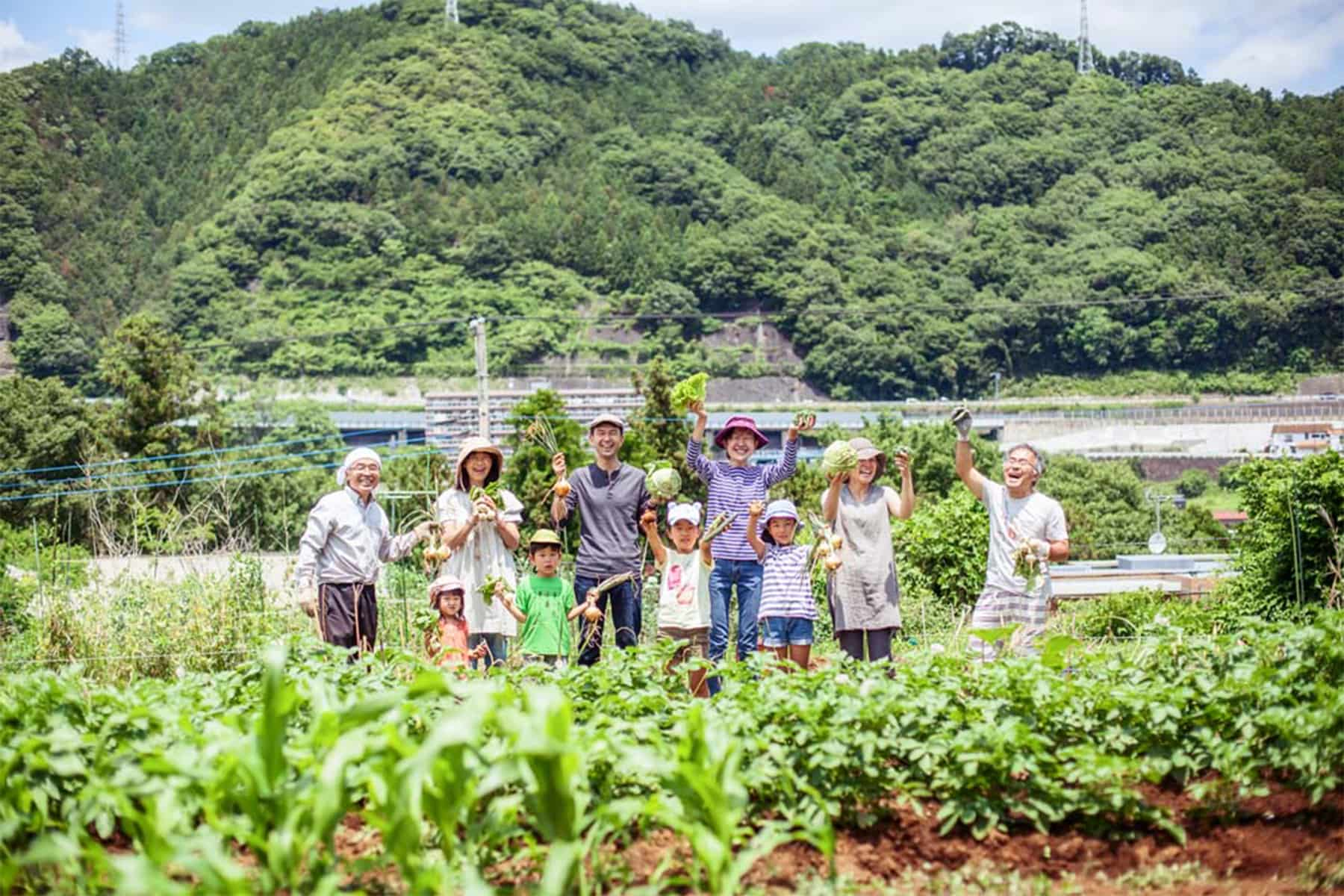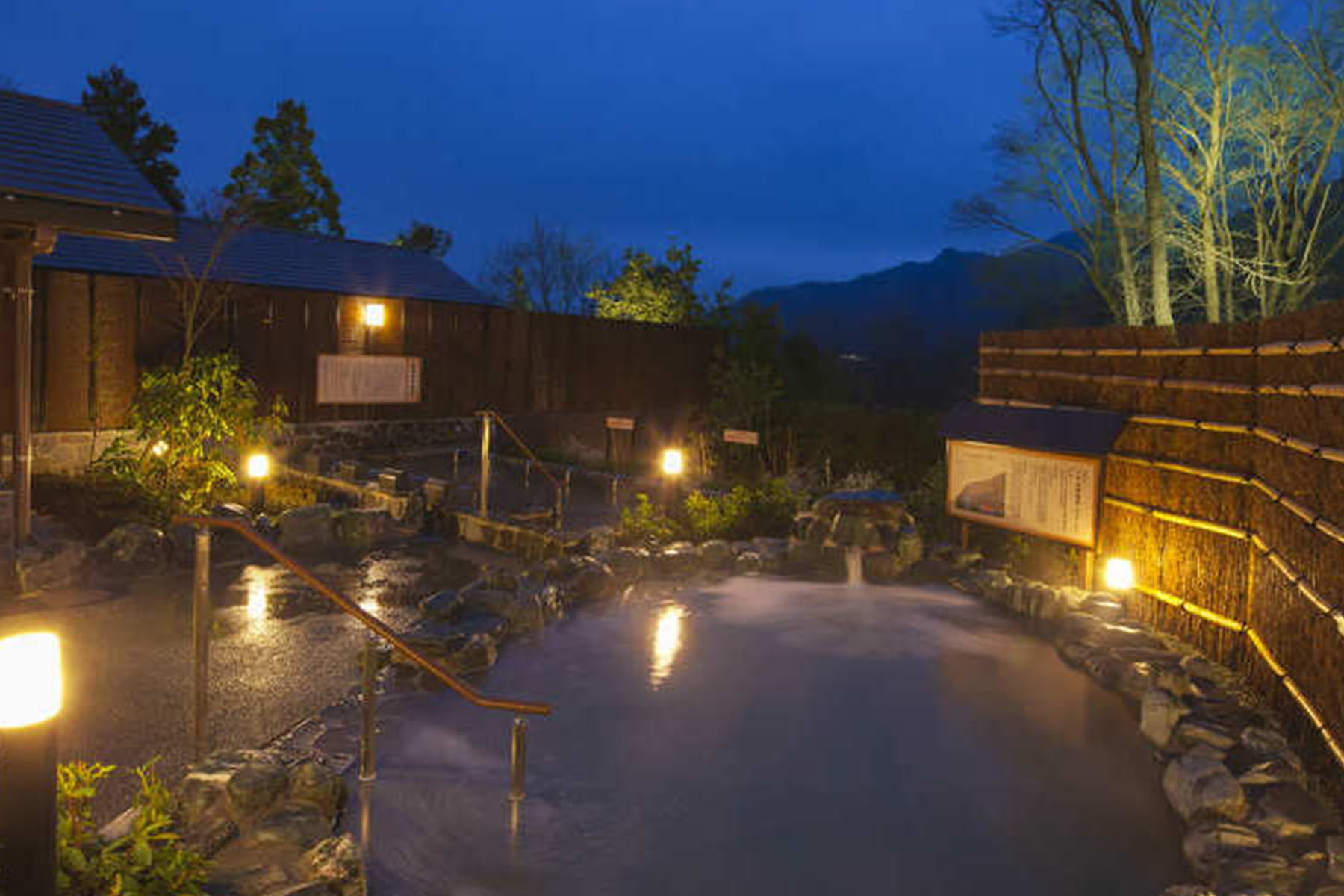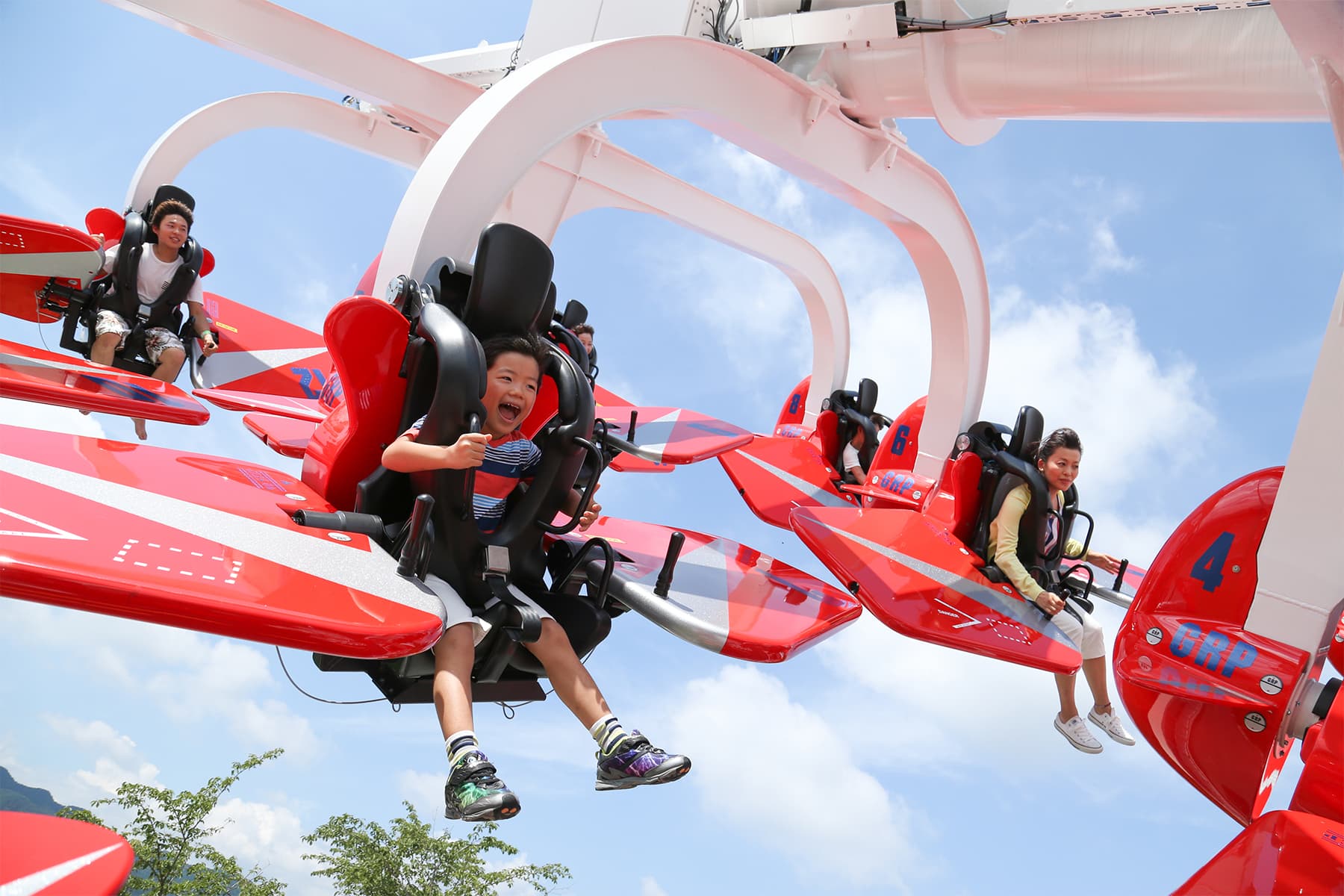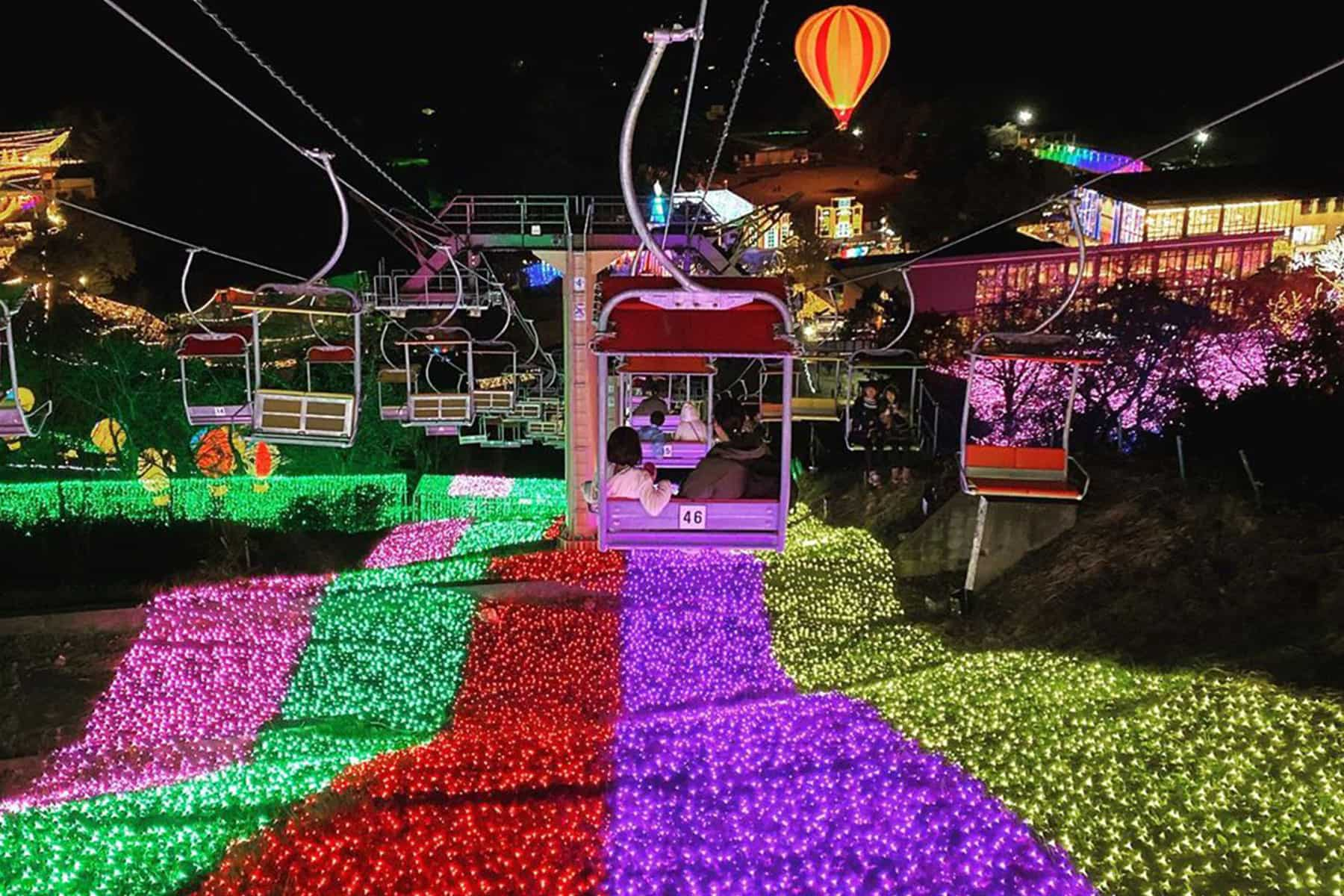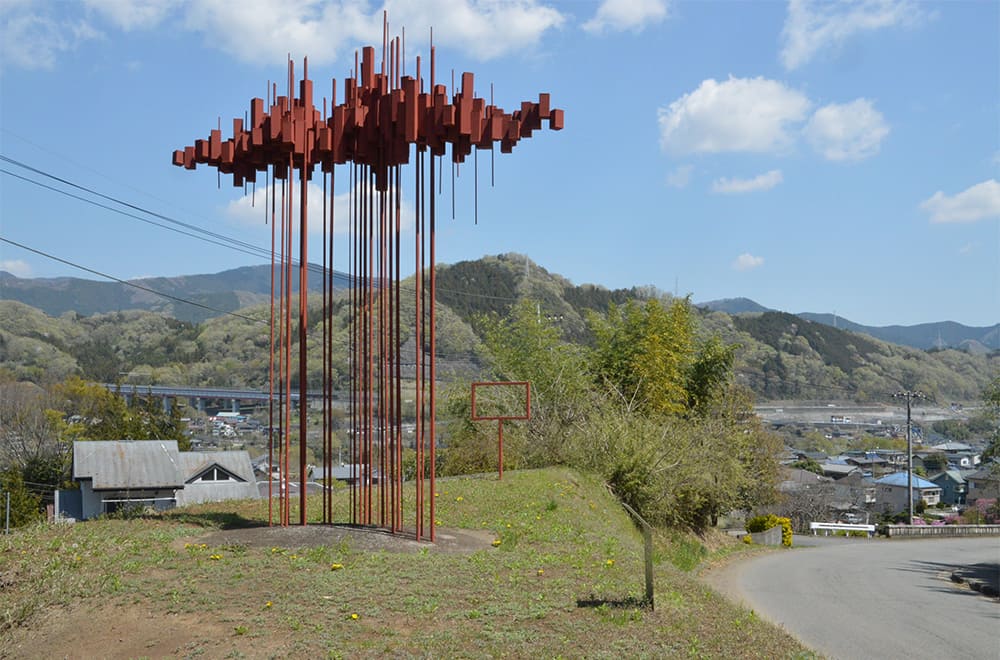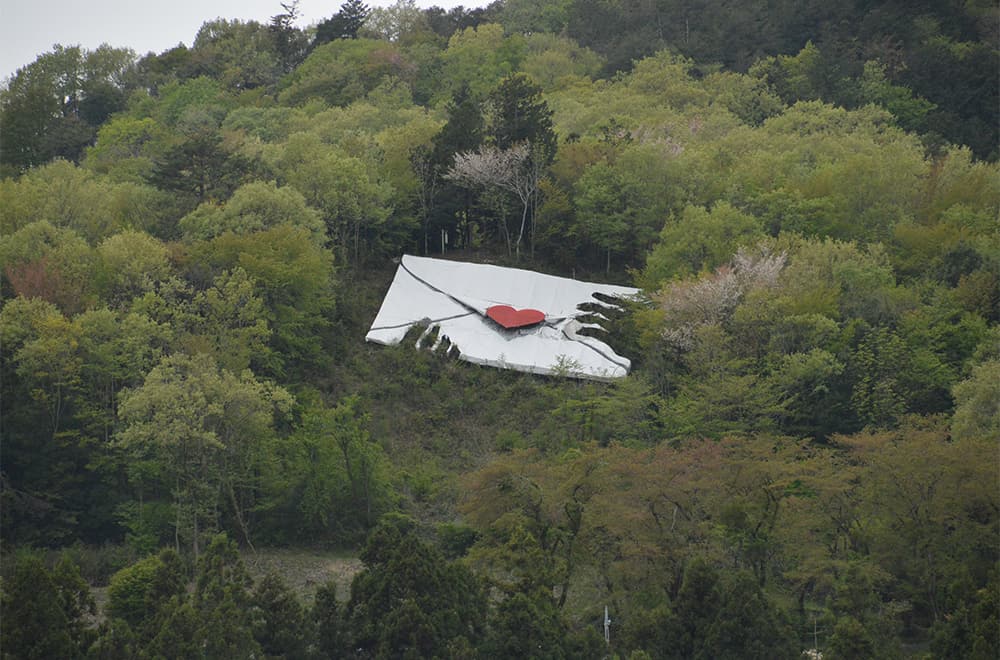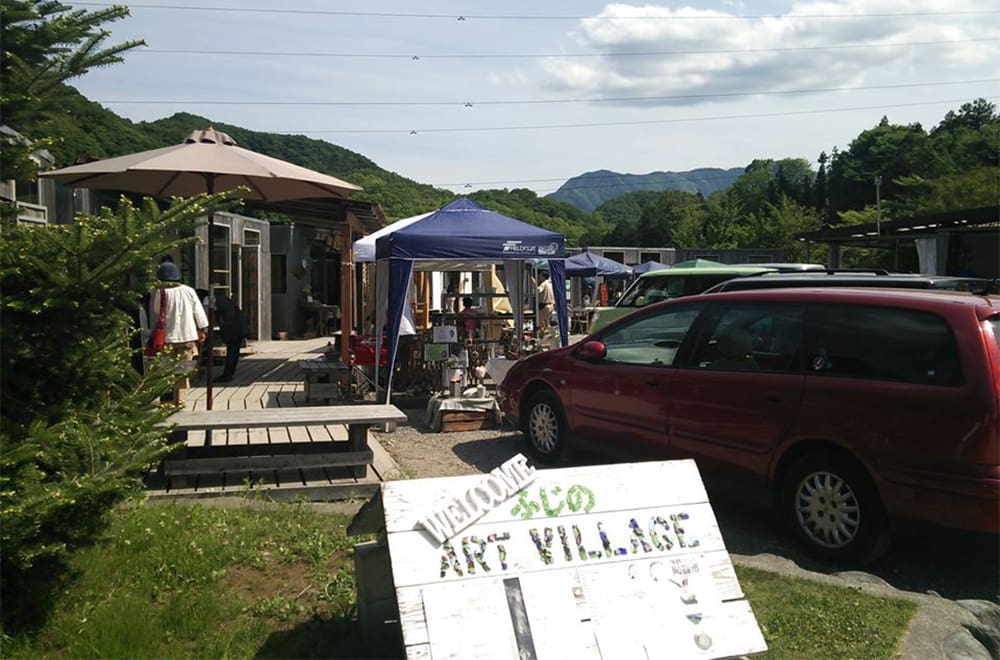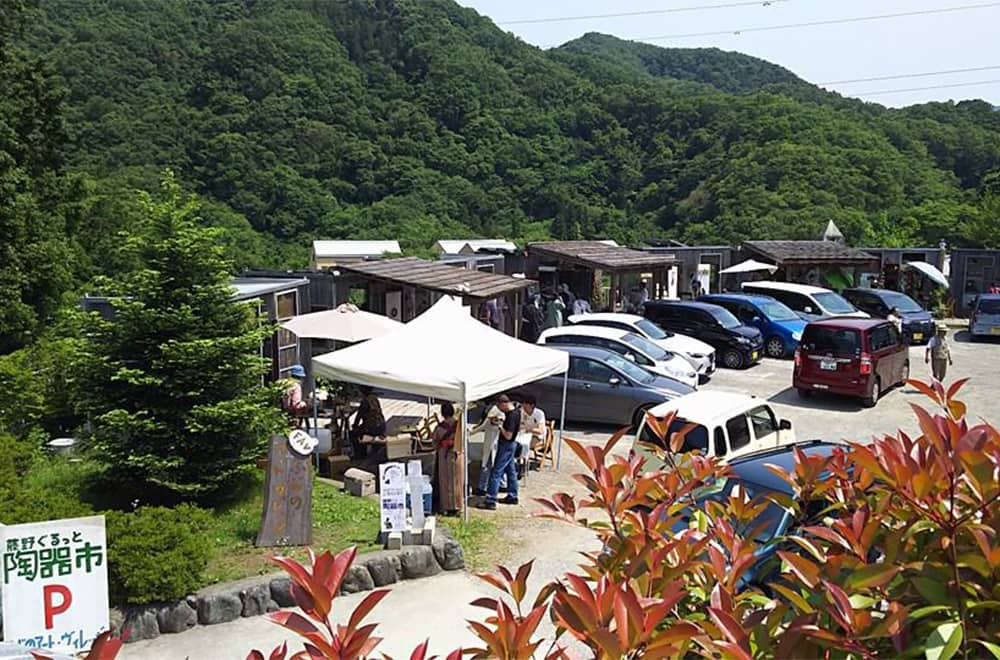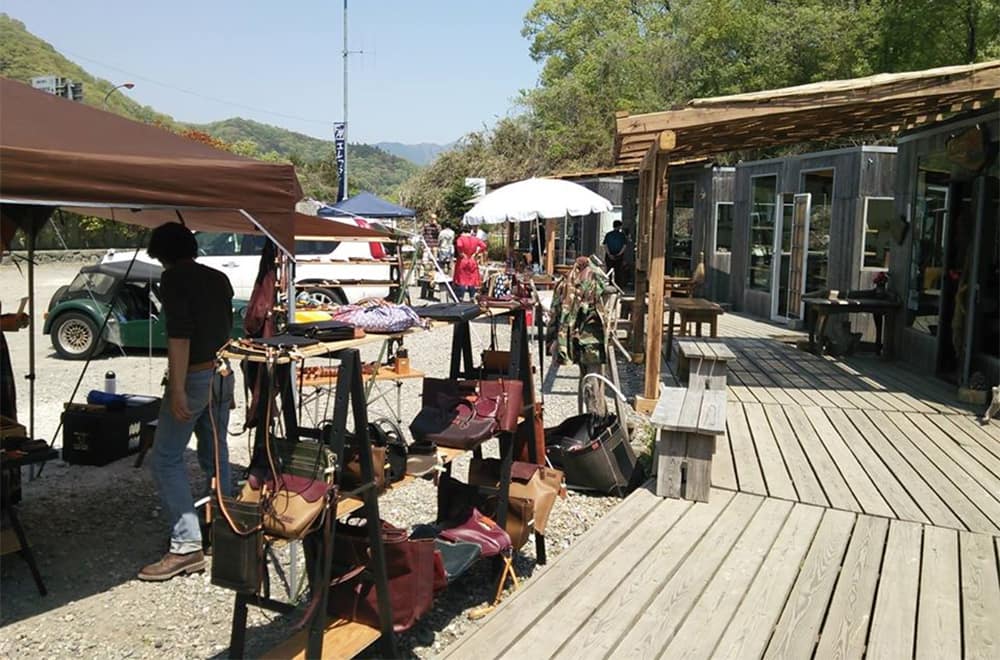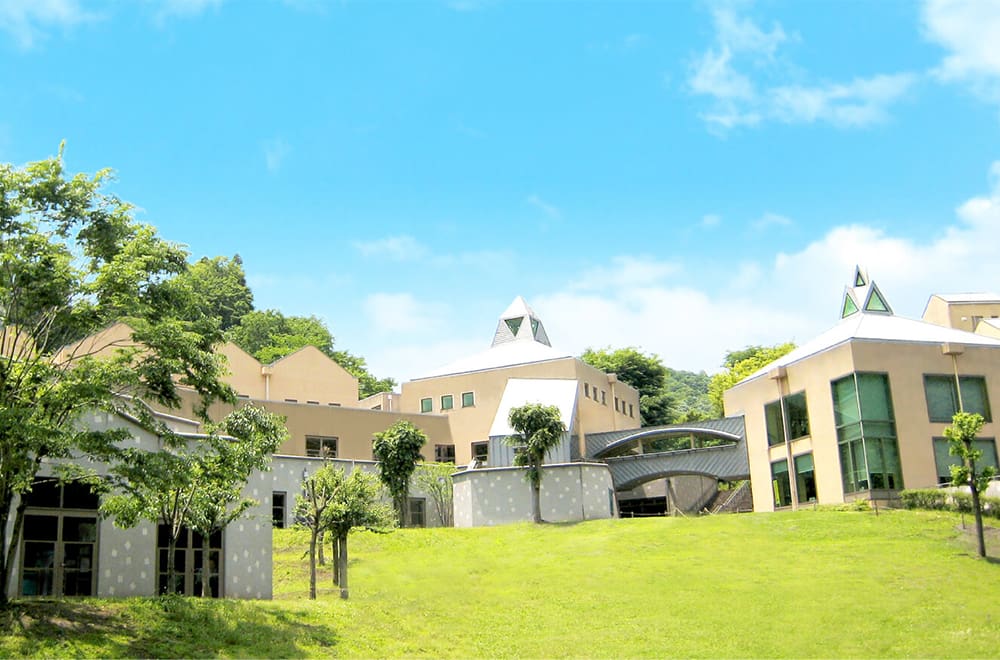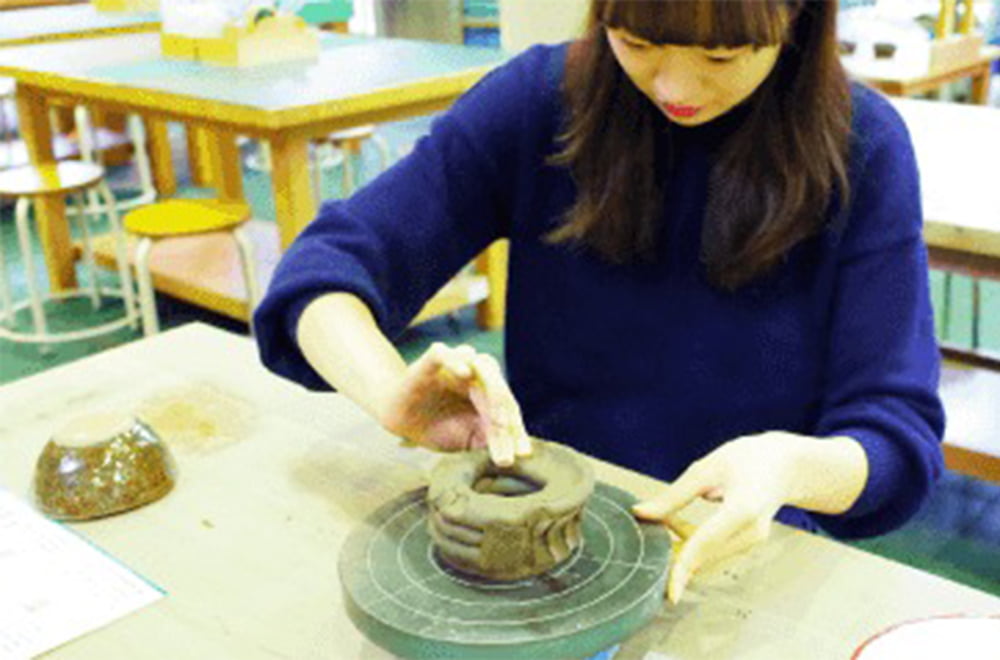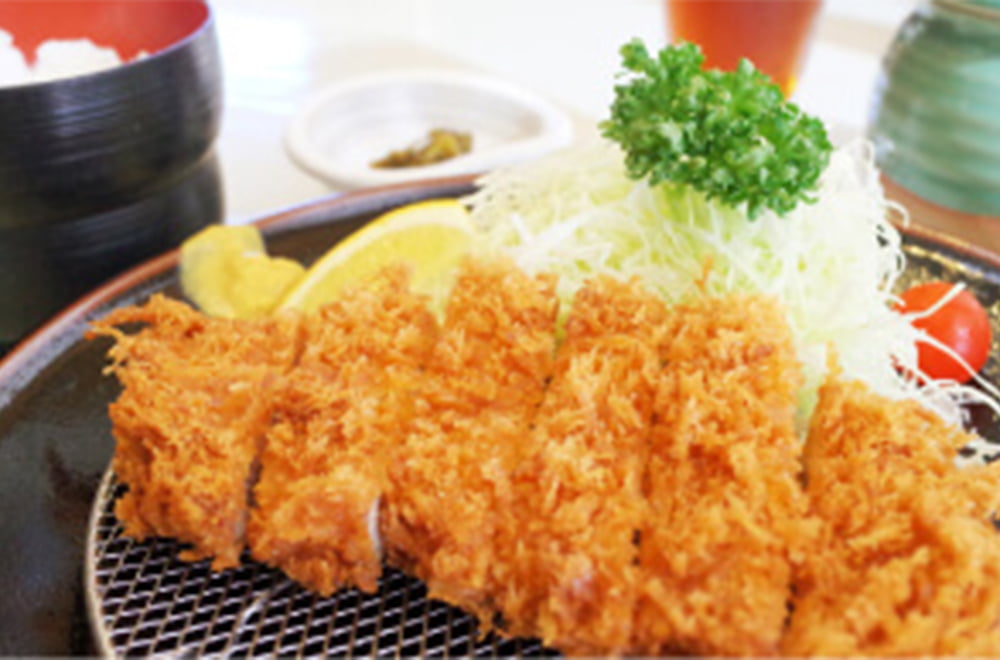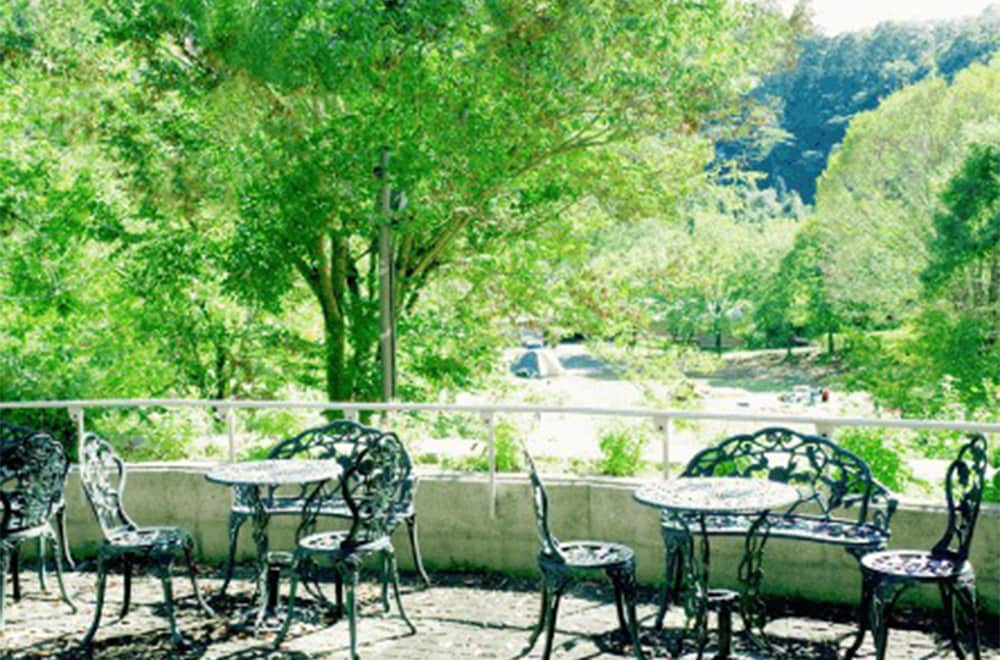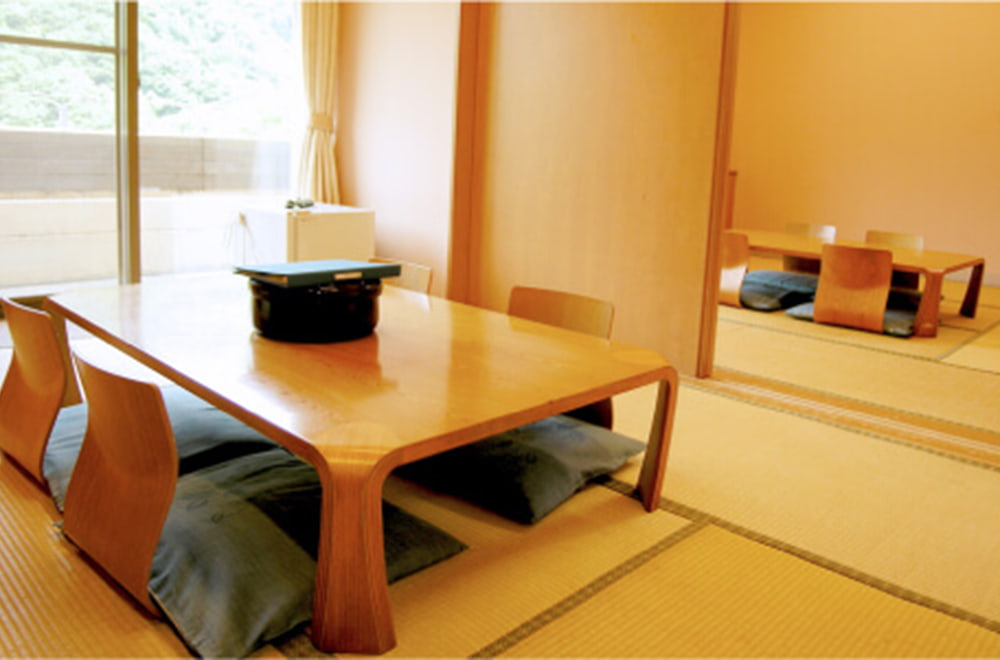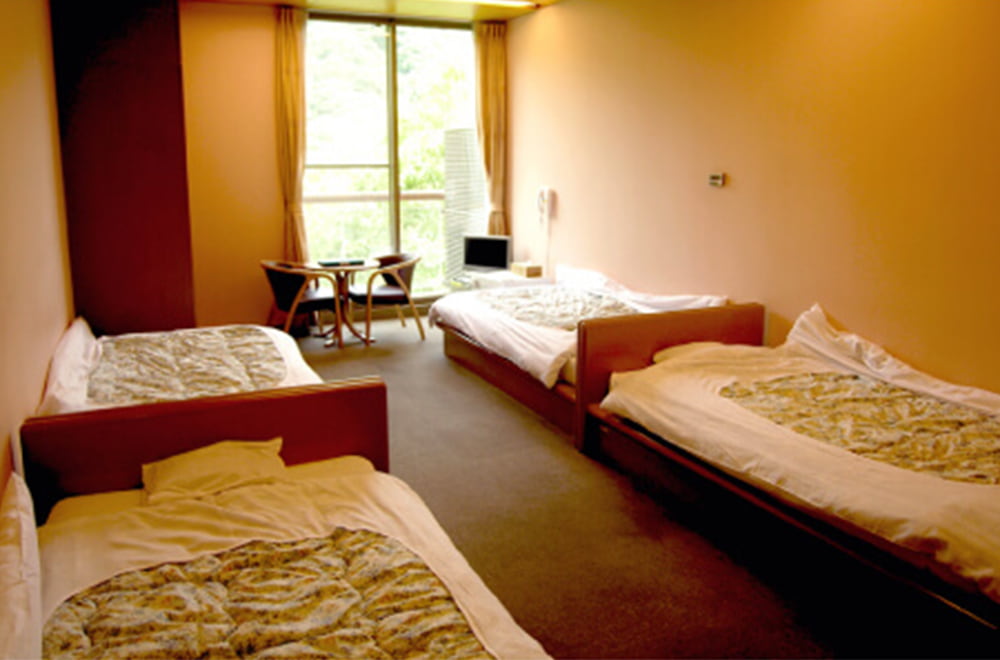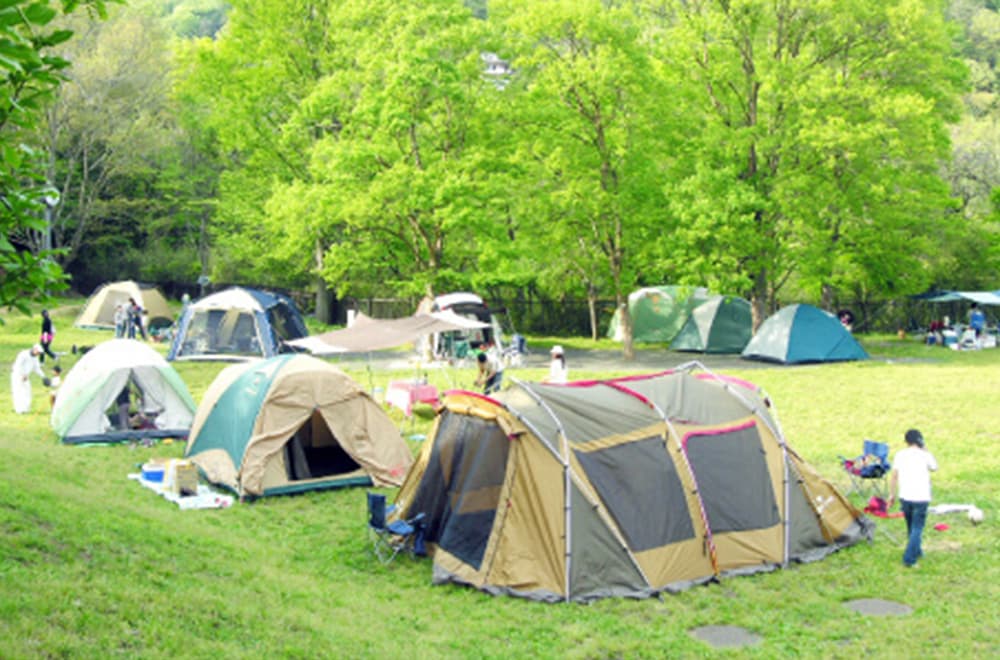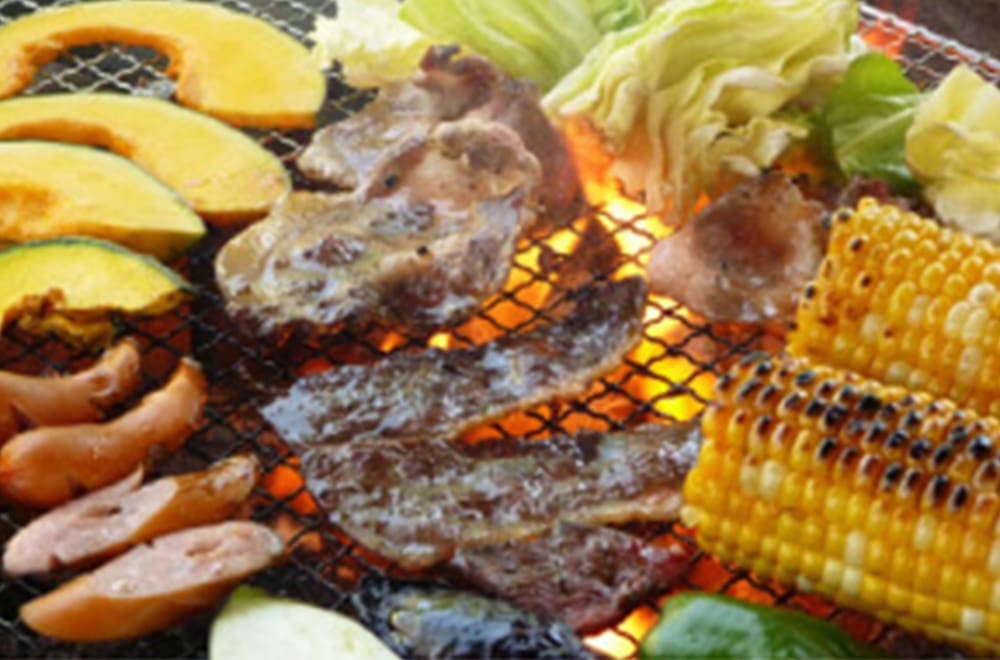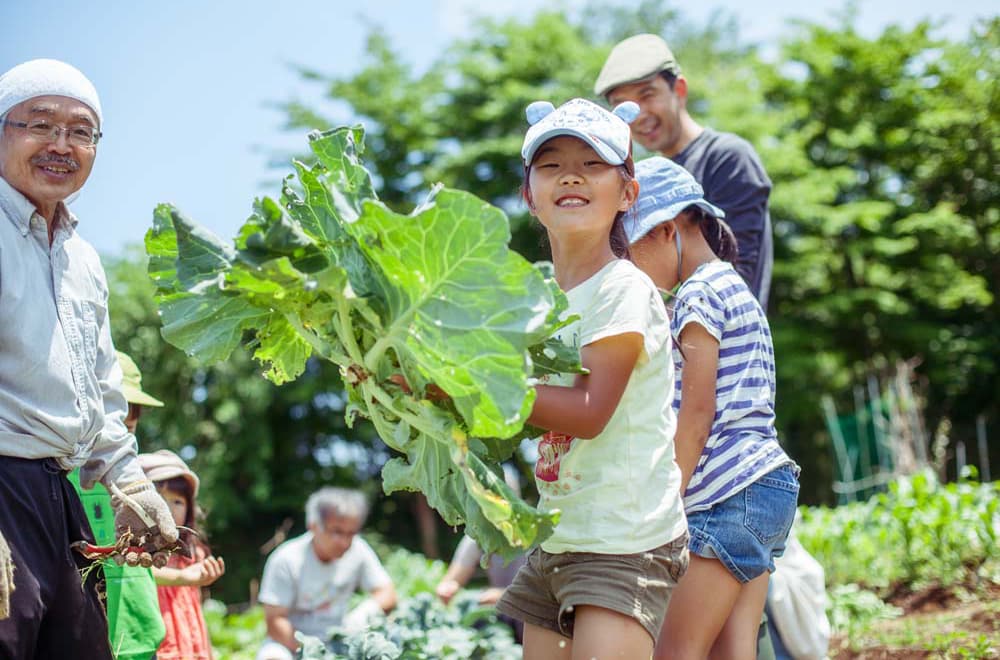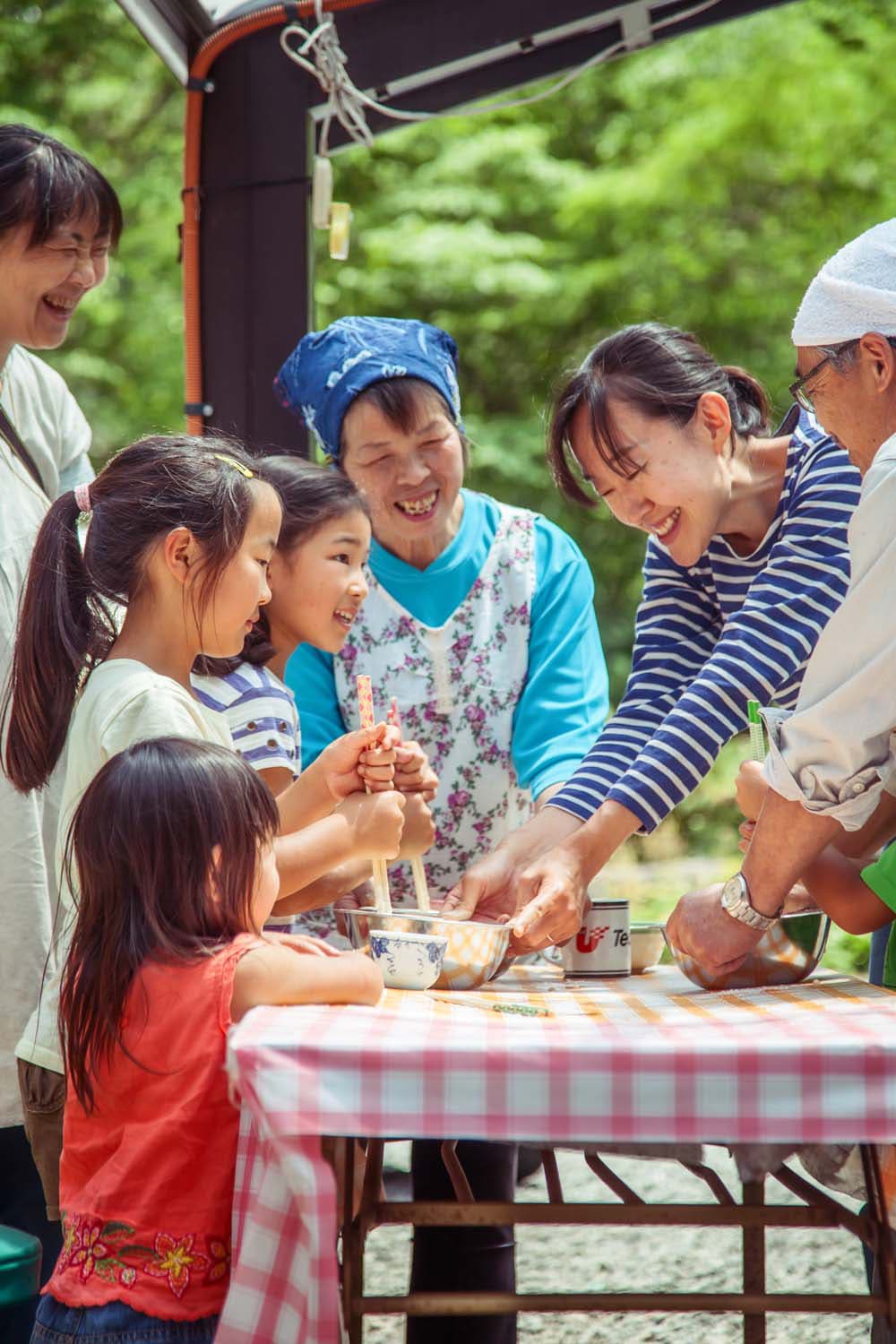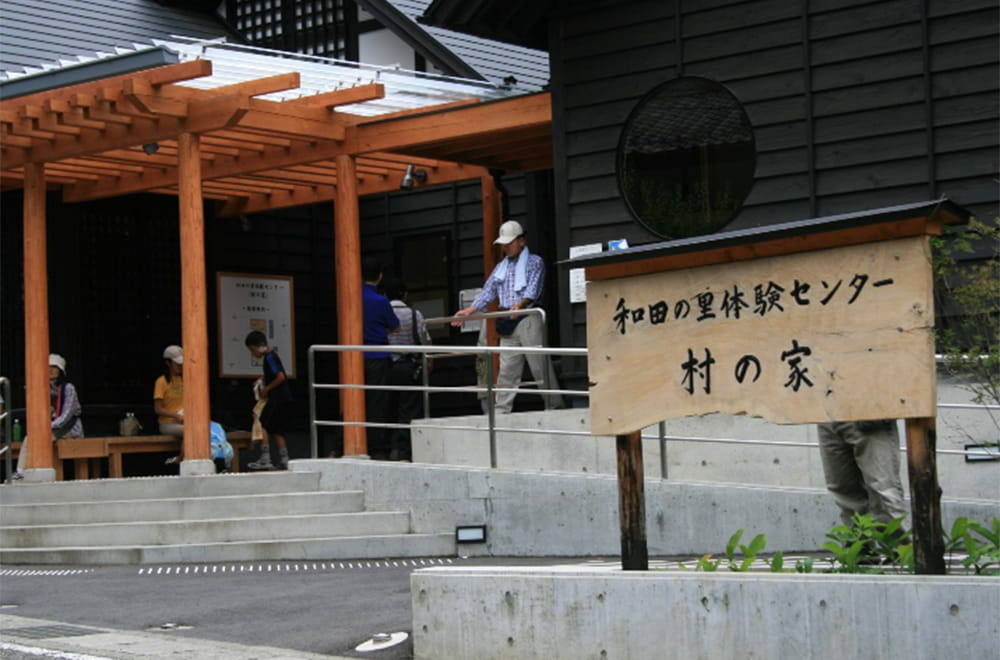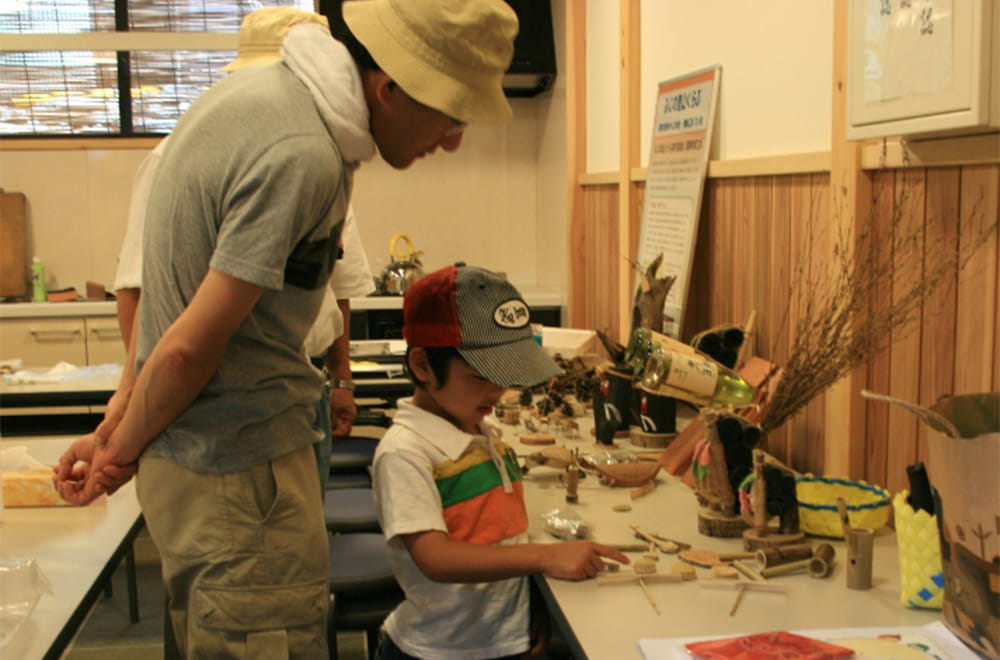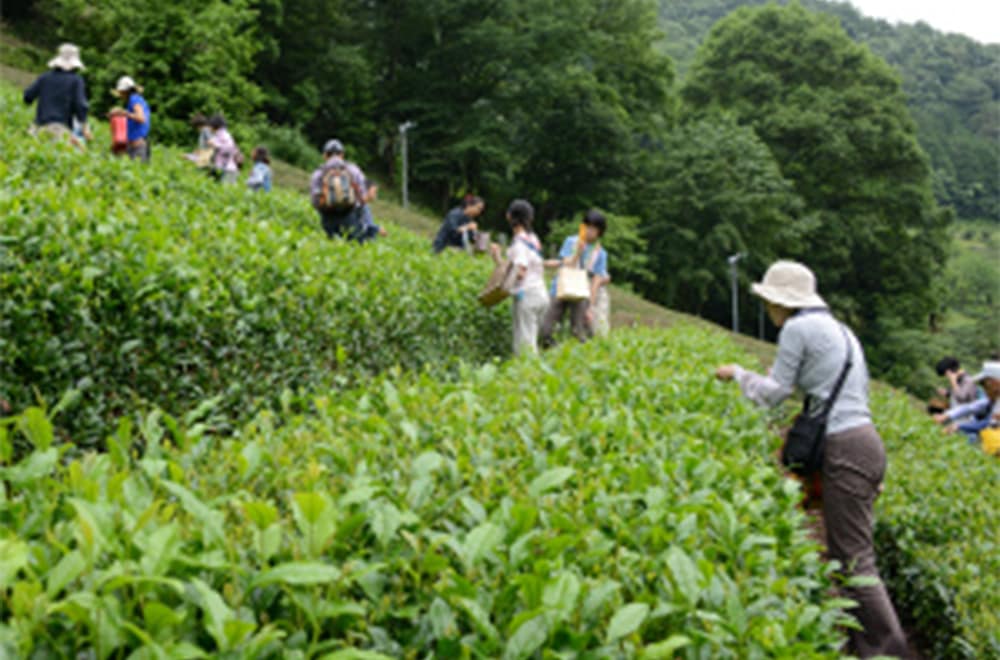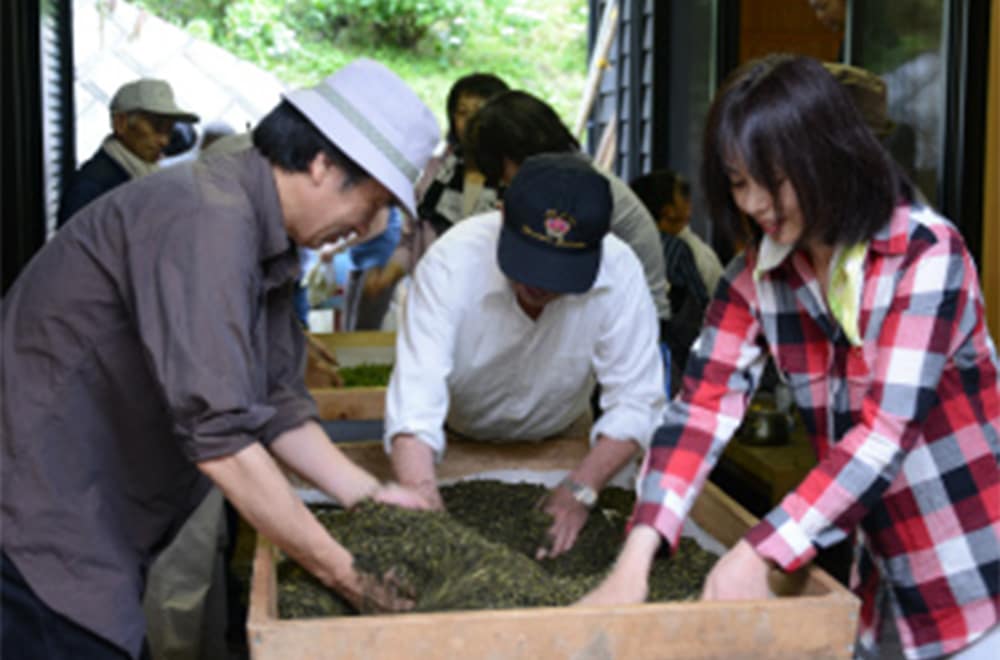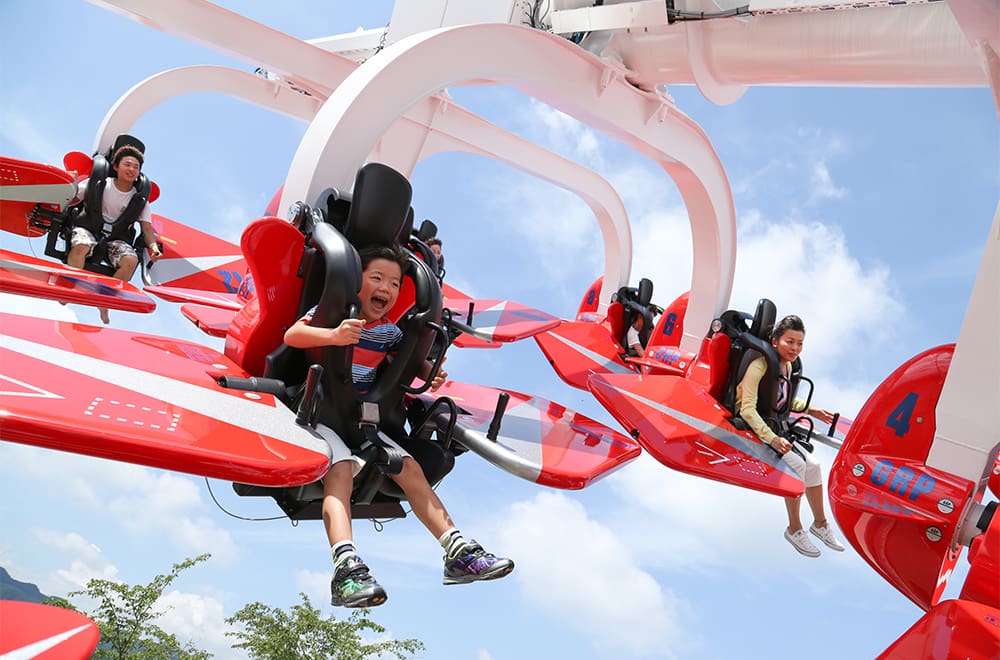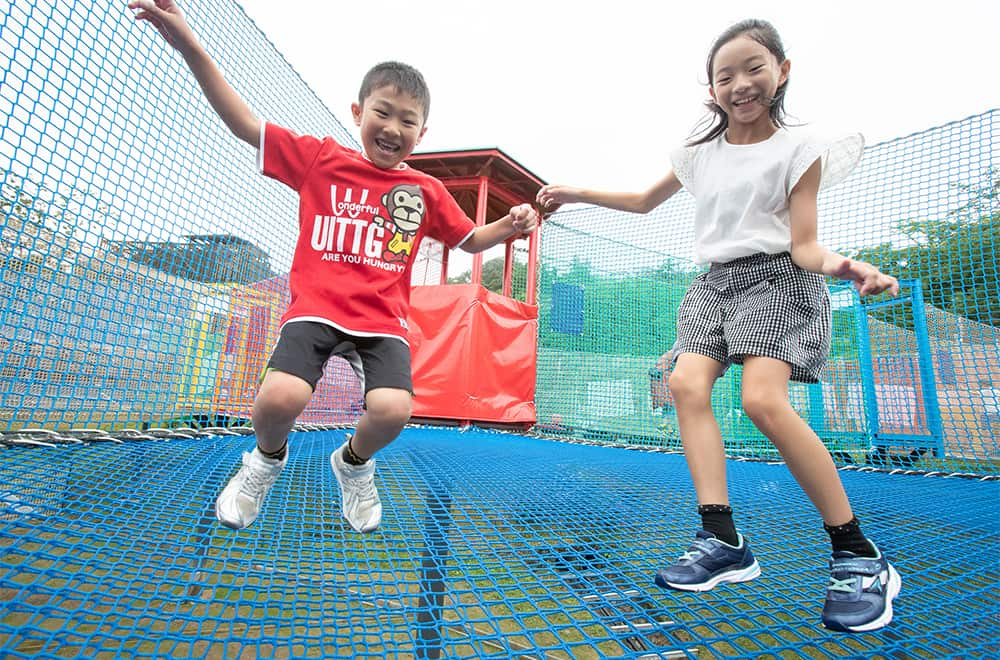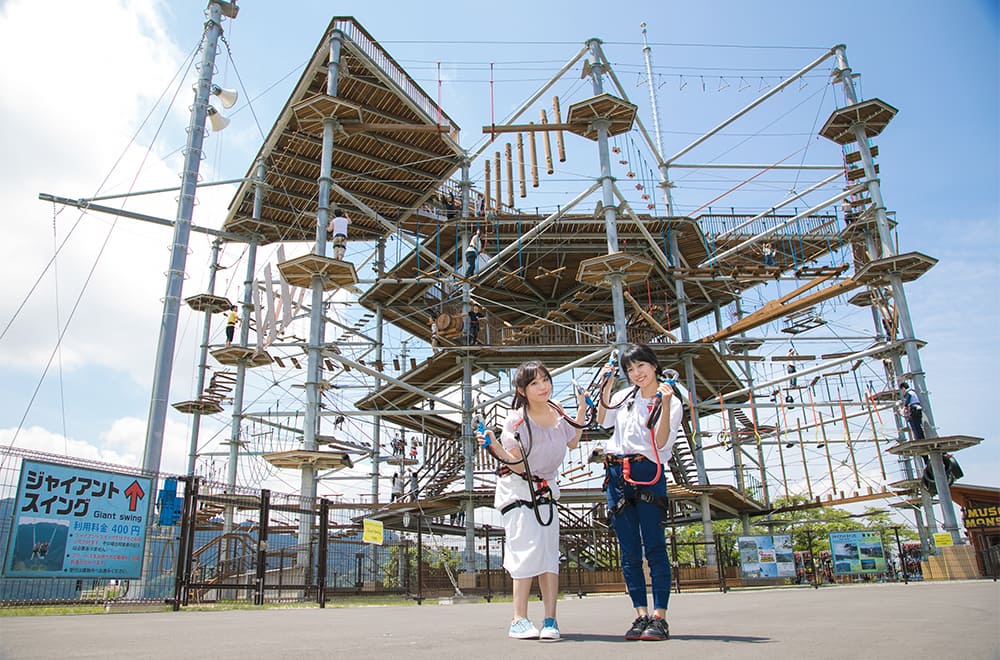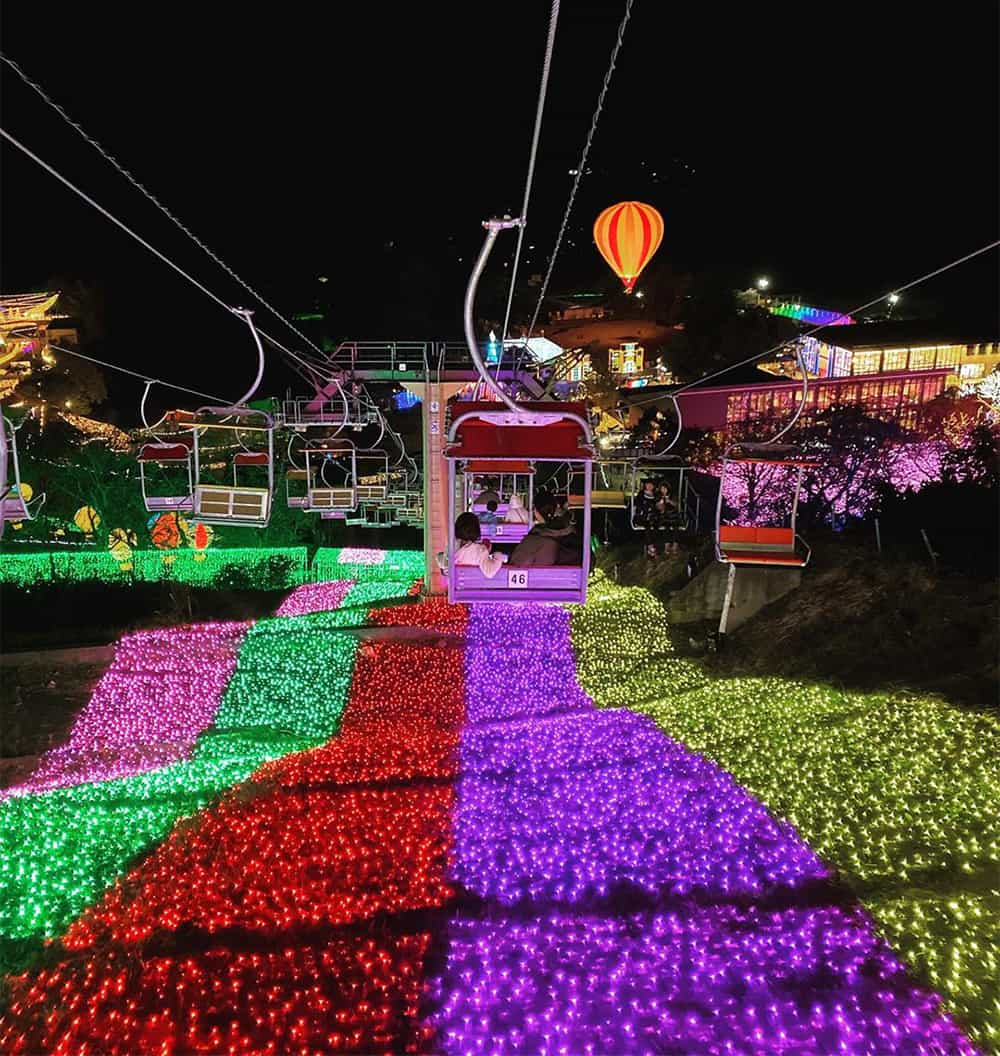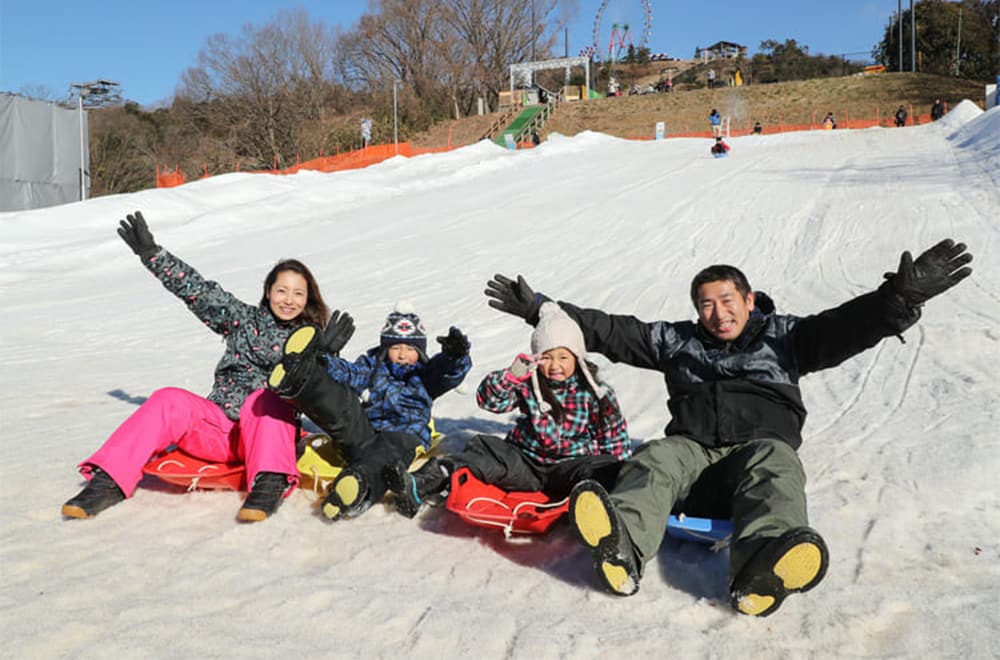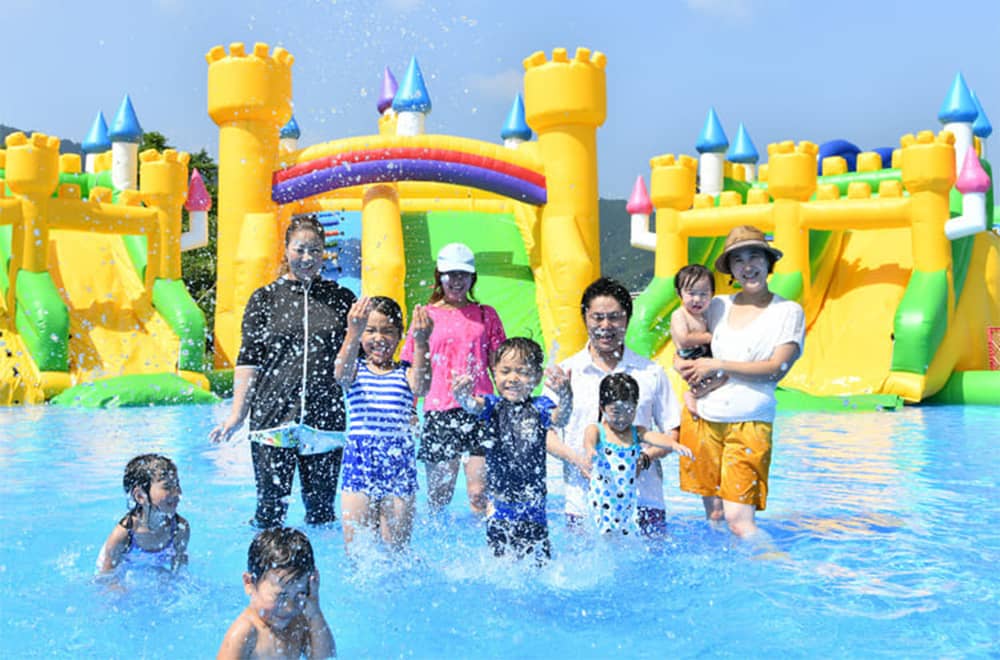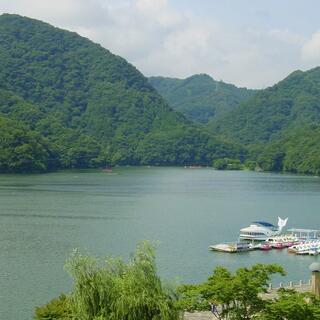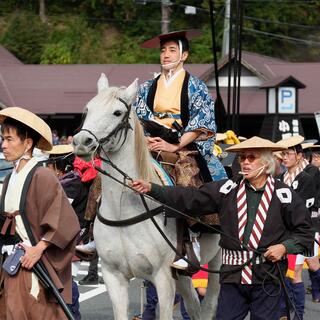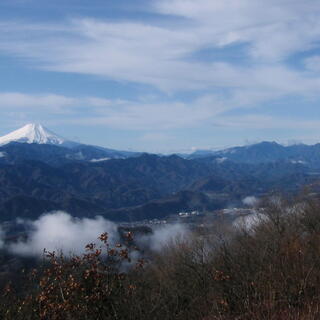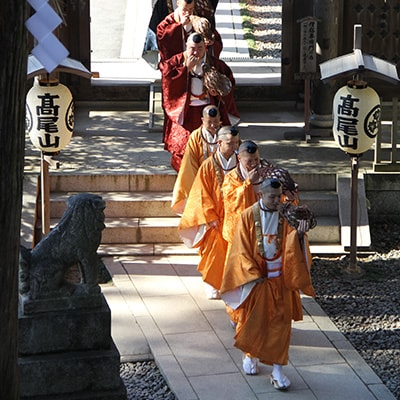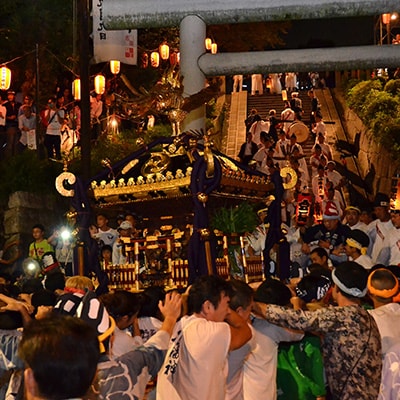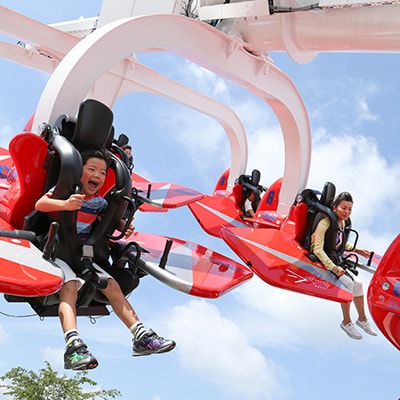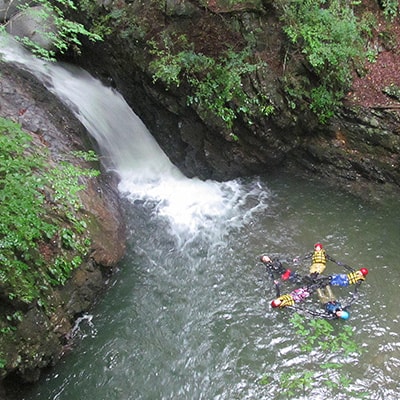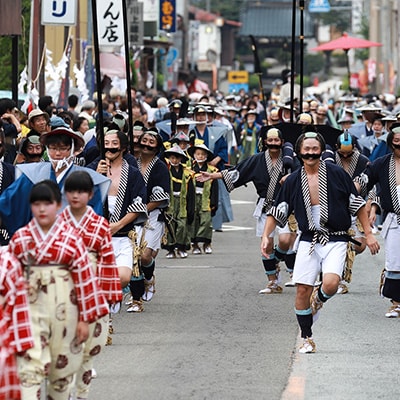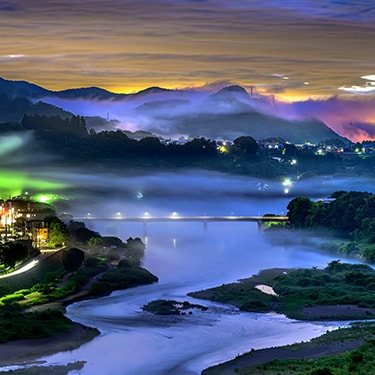Lake Sagami and its surrounding mountains and valleys set in between Tokyo and Mt. Fuji offer a number of opportunities for the artistically inclined and fantastic ways to get a taste of daily life in the Japanese countryside.
- TOP
- Special Feature
- Experiencing Art, Nature, and Local Lifestyles
Experiencing Art, Nature, and Local Lifestyles
Fujino Art Village
Everything explained and listed is in Japanese, so we recommend bringing someone who understands the language or using a translator app.
For lovers of local art and crafts, the Fujino Art Village may be the destination for you.
Surrounded by forests and lakes, artists and other creators in the area gather here to celebrate art, the creative process, and the natural world. The “village” is made up of simple wooden galleries adjacent to each other, each displaying locally made arts and crafts like handmade baskets, tote bags, glassware, and ceramics. This close-knit setup allows you to engage with the artists in person, witness demonstrations, or even take part in workshops yourself (the open days and times vary so be sure to check the website before your visit).
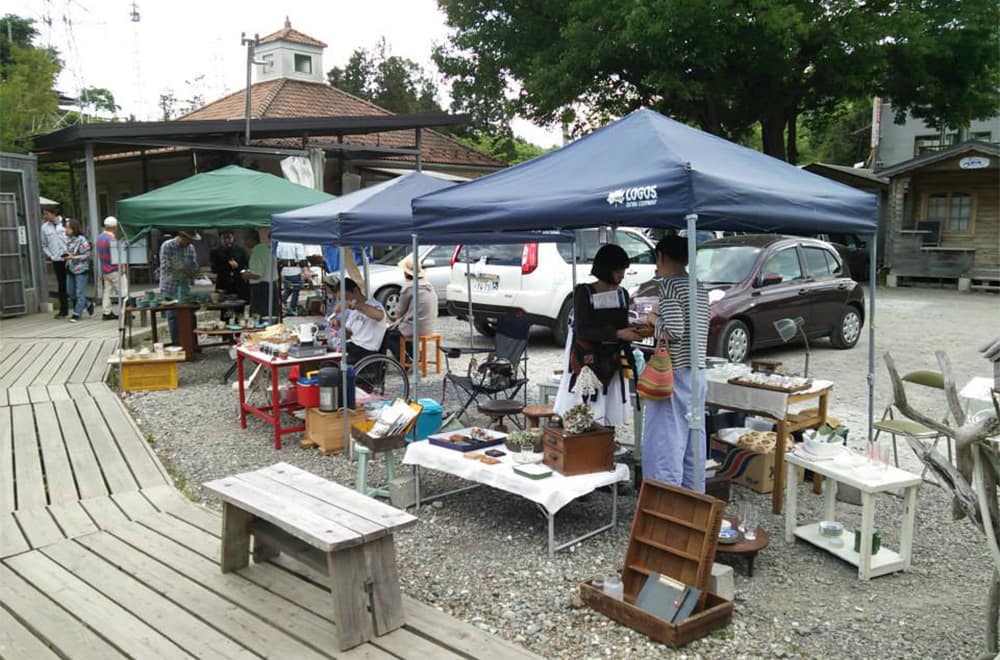
On the 4th weekend of every month, the village holds its Elephant Market, where pop-up tents and desks adorn the village square with residents and artists offering their work and local produce for purchase. You might get some live music as well since it’s a popular spot for musicians, bands, and dance groups to perform.
If you’ve come on a weekend, stop by the pizzeria (11 a.m. to 4 p.m.) for some pizzas handmade by a local potter. If it’s a weekday, the building doubles as a café run by and art-making facility for people with disabilities (11 a.m. to 3 p.m.).
Fujino Workshop for Art
Everything explained and listed is in Japanese, so we recommend bringing someone who understands the language or using a translator app.
Few off-the-beaten-track locations offer an all-in-one artistic experience and comfy accommodation like the Fujino Workshop for Art. The sprawling compound boasts workshop spaces for wood, clay, and glass artistry, overnight accommodations, and a restaurant serving meals each part of the day.
Individuals as well as groups and families can take part in a variety of craft experiences and whether you choose woodworking, ceramics, or glassmaking, experts are on hand to give advice and assistance so you can create something truly one-of-a-kind in a dedicated facility.
After flexing your artistic muscles, you can grab a bite to eat at the restaurant, which offers Western- and Japanese-style dining for breakfast, lunch, and dinner (breakfast and dinner require reservations).
The restaurant also offers splendid views of the surrounding environment from the outdoor terrace.
To make it a two-day event, you can stay in the Western- and Japanese-style rooms overlooking the mountains.
Please note that there are no individual toilets or baths in the rooms, and overnight guests are requested to use the communal baths and toilets.
But an equally attractive option is the campsite. If you’re there from April to October, the restaurant has you covered with all the goods for a BBQ available for rent and purchase, so you can have a day of art, a BBQ dinner, and a starry night to fall asleep to. Sounds like a plan!
Fujino Satoyama Experience
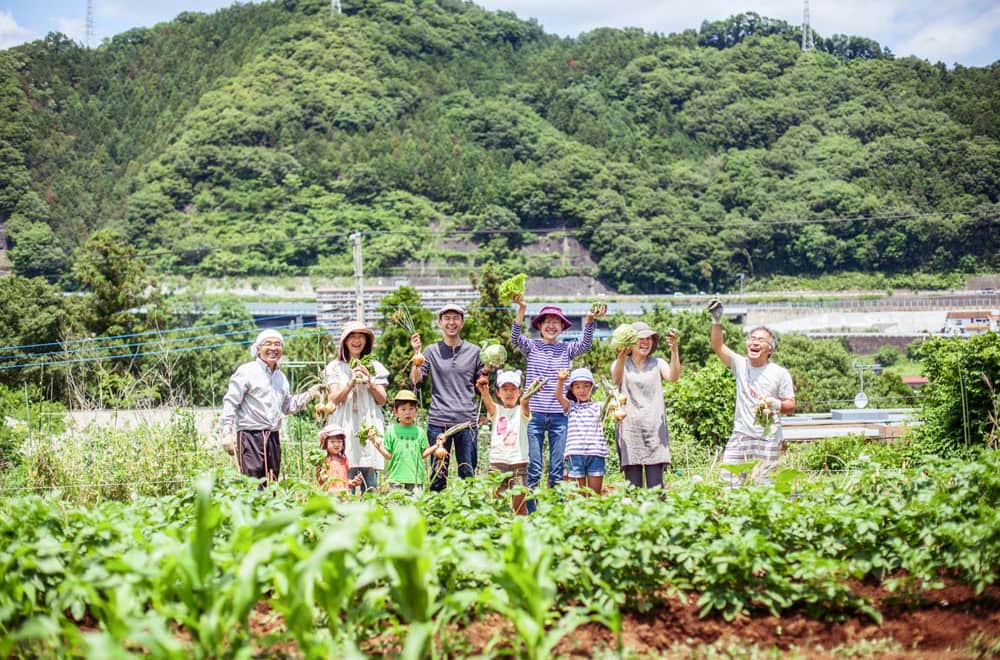
Everything explained and listed is in Japanese, so we recommend bringing someone who understands the language or using a translator app.
An awesome way to enjoy Sagamihara’s Fujino district, its culture, and its natural surroundings is to take part in the Fujino Satoyama Experience. This is an opportunity for visitors to experience the everyday lifestyles and practices of people living in the countryside, especially at small villages situated between mountains (satoyama).
Things get started at 10 a.m. and typically run until 3:30 in the afternoon, but what you end up doing varies depending on the season. Activities are done together with local families and run the gamut, from making your own udon noodles and roasting sweet potatoes in a charcoal pit to kid favorites like playing in the river and caring for goats, sheep, and chickens.
Some experiences take you on short hikes of neighboring areas, picking for blueberries, and into fields to pick crops that you cook later. The Fujino Satoyama Experience is a great way to make memories and experience Japan at a truly local level.
Wada no Sato Experience Center
Everything explained and listed is in Japanese, so we recommend bringing someone who understands the language or using a translator app.
What better way to experience Japanese culture than getting hands-on with the locals? That’s precisely what the Wada no Sato Experience Center offers you.
The Center lies near the foot of Mt. Jinba in the Sanogawa area—chosen as one of the 100 most quintessential villages in Japan—and is run by local volunteers with a warm, folksy disposition.
Activities and experiences typically take on a seasonal angle. With advanced booking, you can try making a bamboo-copter, go on short hikes, go tea leaf picking and try making tea (with you actually kneading the tea with your hands), pounding mochi to make rice cakes or experience making udon and soba noodles.
Whether you want to try your hand at tea making and other experiences or simply stop by to enjoy the rustic charm, natural beauty, and nostalgic air of a Japanese mountain village, the Center would be a worthy addition to your to-do list.
Sagamiko MORI MORI
Many of explanations are in Japanese, so we recommend bringing someone who understands the language or using a translator app.
The Sagamiko MORI MORI is an all-encompassing amusement park and resort that offers a wide range of attractions, seasonal and permanent events, as well as indoor and outdoor activities.
If you have little ones in tow, they will likely be eager and excited to right at the entrance and if your goal is to fit whatever you can ride and try into the day, the Free Pass is what you’ll want at the ticket booth.
Attractions include your standard fair rides, a Ferris wheel, sightseeing chairlift, a jumbo slide, and carousels. But for the more adventurous, there are hair-raising rides like the Oozora Tengoku giant swing, the Muscle Monster obstacle course (for those willing to test their physical mettle), the Picasso Egg walkthrough puzzle, and a variety of other mazes and obstacle courses to be found.
If attending the resort for seasonal events, look out for the stunning Sagamiko Ilumillion in November, a visual extravaganza with some 6 million illuminated LED bulbs—one of the biggest in the Greater Tokyo Area.
The winter brings their Snow Paradise event with sledding on artificial snow and summertime means the opening of the Jabujabu Paradise waterpark area.
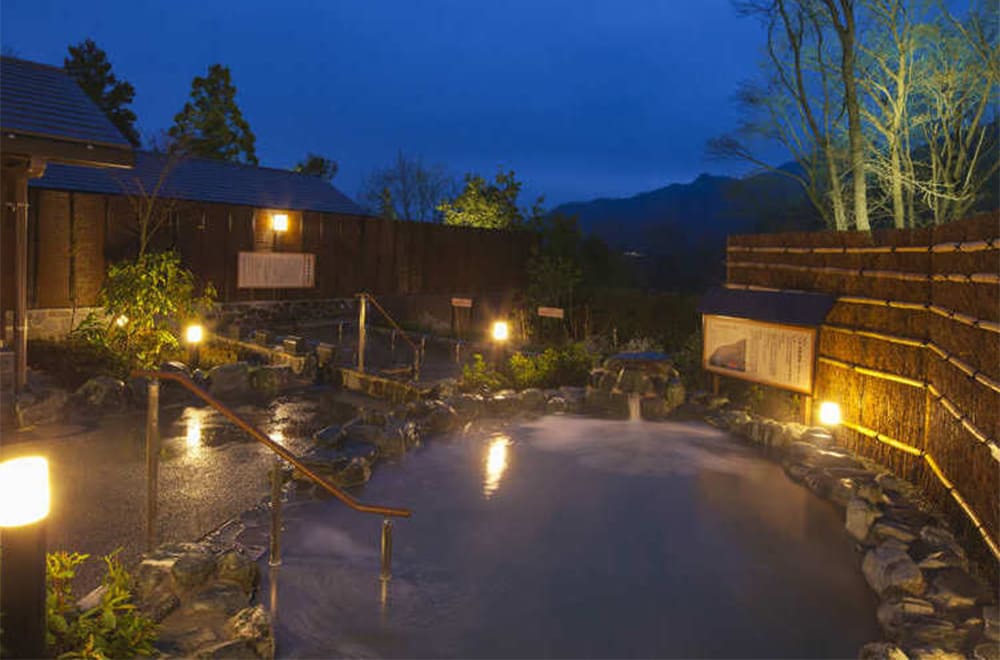
But there is still more! If you want to make the park your main destination, there are lavish hot spring facilities and a full complement of camping facilities and accommodations nearby at the PICA Sagamiko catering to camping, glamping, and BBQs.
Finish off the day with a relaxing dip in the open-air hot spring or bathhouse, and don’t forget to grab some souvenirs to commemorate your visit before you leave!


